Understanding PMA-Integrated Frequency-Converting Dosing Technology
The PMA-integrated Frequency-Converting Dosing Device represents a breakthrough in industrial automation, combining advanced frequency modulation with precise dosing capabilities. This technology is particularly valuable in industries requiring ultra-accurate material dispensing, such as pharmaceuticals, chemicals, and food production.
1.1 How Frequency Conversion Enhances Dosing Accuracy
The integration of frequency conversion technology allows for dynamic adjustment of dosing rates in real-time, responding to process variables with unprecedented precision. Unlike traditional fixed-speed dosing systems, the frequency-converting capability enables smooth ramping of motor speeds, eliminating the sudden starts and stops that cause measurement inaccuracies in conventional systems.
This technology achieves superior results through several mechanisms:
- Continuous speed adjustment maintains consistent flow rates even with viscous fluid variations
- Elimination of pressure spikes that disrupt measurement accuracy
- Precise control over acceleration/deceleration profiles
When comparing performance metrics between traditional and frequency-converting systems:
| Parameter | Traditional Dosing | Frequency-Converting Dosing |
|---|---|---|
| Dosing Accuracy | ±2% | ±0.5% |
| Response Time | 500ms | 50ms |
| Energy Consumption | 100% baseline | 60-80% of baseline |
1.2 The Role of PMA in System Integration
PMA (Precision Measurement Architecture) serves as the backbone of these dosing systems, providing the framework for seamless communication between components. The PMA-based dosing solutions offer several advantages over conventional systems through their unified architecture that synchronizes measurement, control, and actuation subsystems.
Key benefits of the PMA integration include:
- Real-time data sharing between all system components
- Standardized communication protocols reducing integration complexity
- Built-in diagnostic capabilities for predictive maintenance
- Scalable architecture that accommodates future upgrades
The PMA framework particularly excels in complex dosing scenarios where multiple ingredients must be precisely coordinated. Traditional systems often require separate controllers for each component, while the PMA-integrated Frequency-Converting Dosing Device can manage entire formulations through a single, unified control platform.
Key Applications of Frequency-Converting Dosing Systems
The versatility of frequency-converting dosing equipment makes it suitable for numerous industrial applications where precision and adaptability are paramount.
2.1 Pharmaceutical Manufacturing
In pharmaceutical production, the ability to precisely control ingredient quantities is critical. The PMA-integrated Frequency-Converting Dosing Device outperforms traditional methods in several key aspects that directly impact product quality and regulatory compliance.
Pharmaceutical applications benefit from:
- Micro-dosing capabilities for potent active ingredients
- Recipe management for complex formulations
- Complete data logging for regulatory documentation
- Clean-in-place compatibility for sterile environments
The transition from volumetric to mass-flow measurement in modern PMA-based dosing solutions has particularly revolutionized tablet coating processes, where precise application of coating materials directly affects drug release profiles and product stability.
2.2 Chemical Processing Industries
Chemical manufacturers benefit from the system's ability to handle corrosive materials while maintaining dosing accuracy. The automated frequency-adjustable dosing feature proves particularly valuable when dealing with:
- Variable viscosity materials that change with temperature
- Shear-sensitive compounds that degrade with improper handling
- Hazardous materials requiring contained transfer
In catalyst injection systems, for example, the precise control offered by smart frequency-controlled dosing technology ensures optimal reaction conditions while minimizing expensive catalyst waste. The ability to instantly adjust feed rates in response to process analytics represents a significant advancement over traditional timed-dose approaches.
Technical Advantages of Modern Dosing Systems
The evolution from mechanical to smart frequency-controlled dosing technology has brought significant improvements to industrial processes.
3.1 Energy Efficiency and Cost Savings
Frequency-converting technology dramatically reduces energy consumption compared to traditional dosing systems. The PMA-integrated dosing devices achieve this through intelligent power management that matches motor output to actual process requirements rather than operating at fixed maximum capacity.
Energy savings mechanisms include:
- Demand-based power allocation
- Regenerative braking during deceleration phases
- Optimized motor sizing through dynamic torque adjustment
The economic impact extends beyond direct energy savings to include:
| Cost Factor | Traditional System | Frequency-Converting System |
|---|---|---|
| Energy Costs | 100% baseline | 30-50% reduction |
| Maintenance Costs | High (mechanical wear) | Low (electronic control) |
| Material Waste | 3-5% | <1% |
3.2 Maintenance and Longevity Considerations
The advanced design of these systems minimizes mechanical wear, extending service life. When comparing PMA-based dosing solutions to conventional equipment, the maintenance requirements differ significantly due to fundamental design differences.
Key maintenance advantages include:
- Elimination of mechanical flow control valves
- Reduced bearing loads through soft-start capability
- Sealless designs for leak prevention
- Remote diagnostic capabilities
The predictive maintenance features built into modern frequency-converting dosing equipment can detect developing issues such as motor winding degradation or bearing wear long before they cause operational problems, allowing for planned maintenance during scheduled downtime rather than emergency repairs.
Implementing Frequency-Converting Dosing in Your Operations
Transitioning to automated frequency-adjustable dosing systems requires careful planning but offers substantial long-term benefits.
4.1 System Integration Challenges
While the advantages are clear, implementing smart frequency-controlled dosing technology in existing production lines presents several technical considerations that require attention during the planning phase.
Common integration challenges include:
- Legacy system compatibility issues
- Control signal interference in electrically noisy environments
- Physical space constraints for new components
- Process validation requirements in regulated industries
Successful implementations typically follow a phased approach, beginning with pilot testing on non-critical processes before full-scale deployment. The modular nature of PMA-integrated Frequency-Converting Dosing Devices often allows for gradual upgrades that minimize production disruption while delivering incremental improvements.
4.2 Training and Operational Adaptation
The sophisticated nature of PMA-integrated Frequency-Converting Dosing Devices necessitates proper training for operators and maintenance personnel to fully realize the technology's potential. Unlike traditional systems with manual controls, these advanced units require understanding of:
- Touchscreen interface navigation
- Recipe management systems
- Diagnostic alarm interpretation
- Preventive maintenance procedures
Effective training programs typically combine classroom instruction with hands-on practice using simulation modes before live operation. The learning curve is offset by the system's intuitive design and automated features that actually reduce the skill level required for routine operations compared to manual systems.
Future Developments in Precision Dosing Technology
The field of frequency-converting dosing equipment continues to evolve, with several promising advancements on the horizon that will further enhance capabilities and applications.
5.1 AI Integration and Predictive Dosing
Emerging artificial intelligence technologies are being integrated with PMA-based dosing solutions to create self-optimizing systems that continuously improve performance based on process data. These advanced systems can:
- Predict optimal dosing parameters based on material characteristics
- Automatically compensate for equipment wear over time
- Identify subtle process deviations invisible to human operators
- Learn from historical data to optimize future batches
This represents a significant evolution from current systems that simply execute predefined programs, moving toward truly intelligent automated frequency-adjustable dosing that adapts in real-time to achieve perfect results regardless of variable conditions.
5.2 Sustainability Improvements
Next-generation smart frequency-controlled dosing systems are incorporating enhanced sustainability features that reduce environmental impact while maintaining or improving precision. These developments focus on:
- Further energy efficiency improvements through advanced power electronics
- Material-saving algorithms that minimize purge volumes
- Eco-friendly construction materials
- Water-free cleaning systems
The environmental benefits complement the existing economic advantages, making modern PMA-integrated Frequency-Converting Dosing Devices both profitable and sustainable solutions for forward-thinking manufacturers.

 ENG
ENG
 English
English русский
русский Español
Español Tiếng Việt
Tiếng Việt ไทย
ไทย
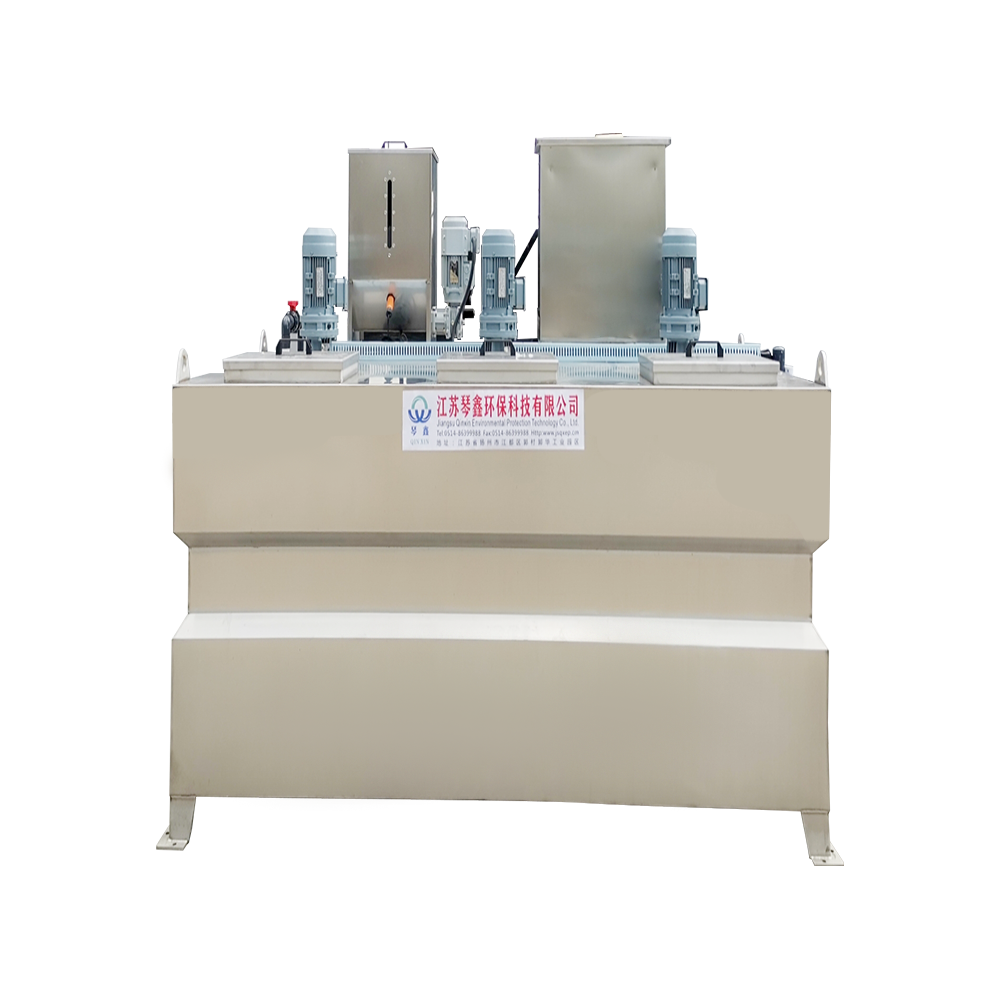
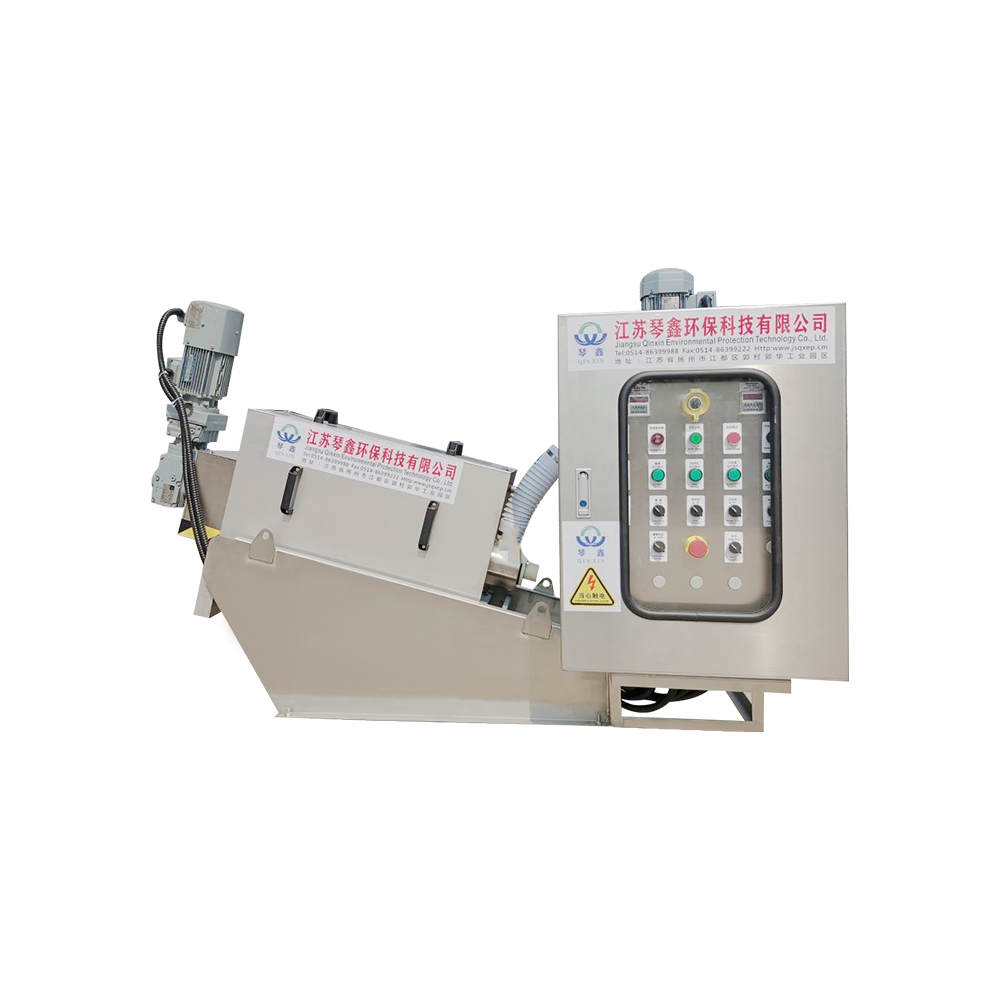
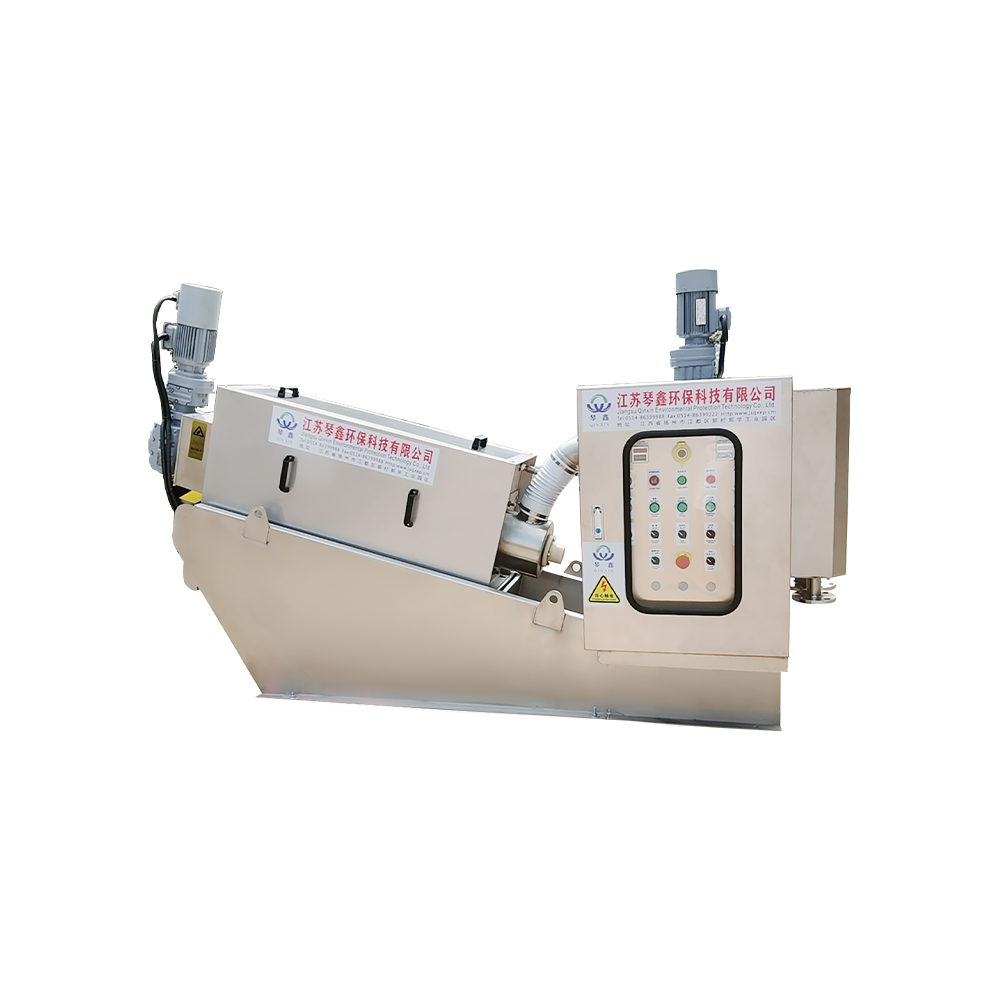
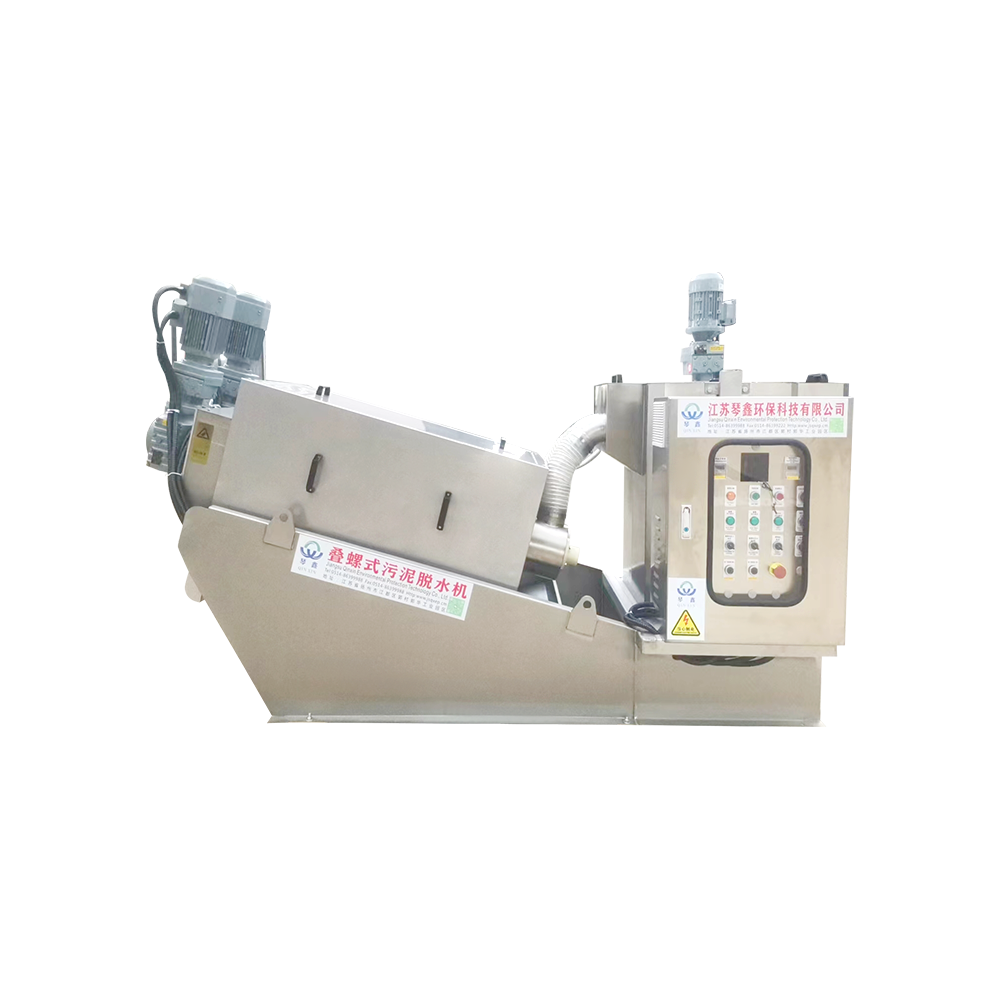
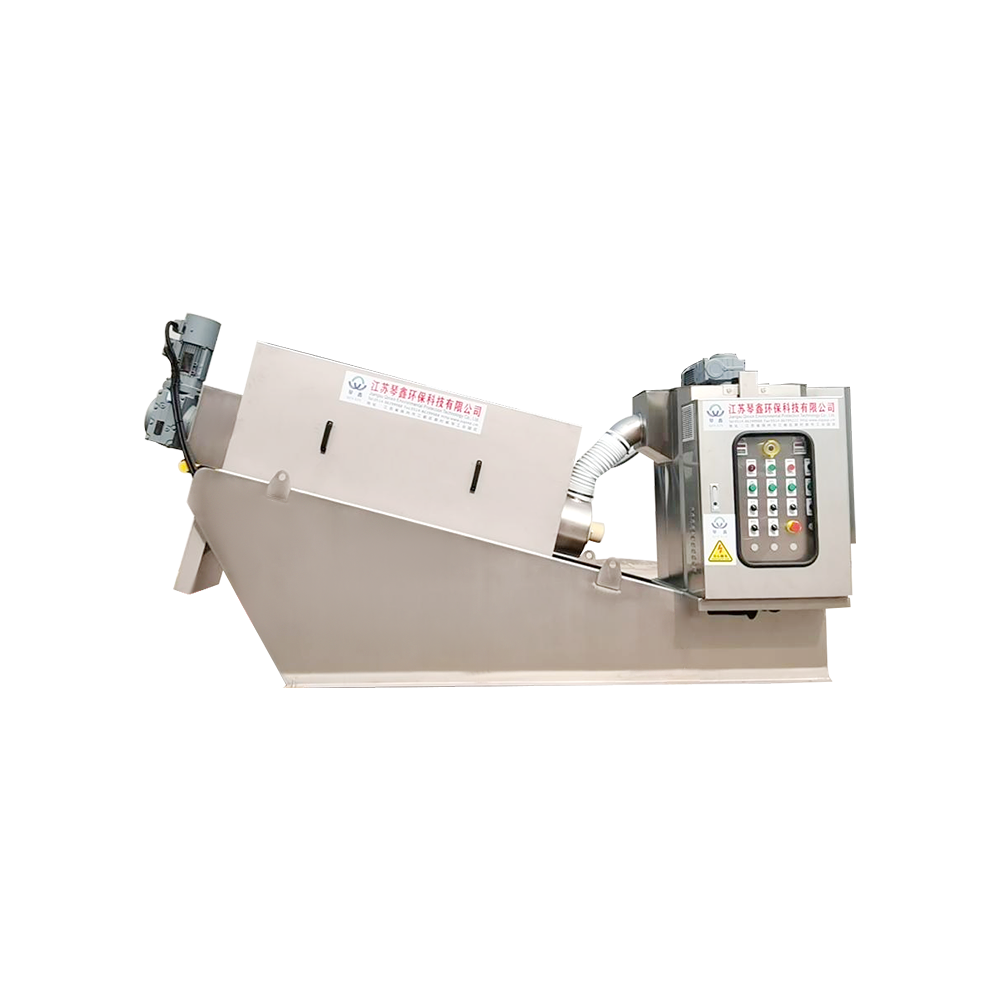
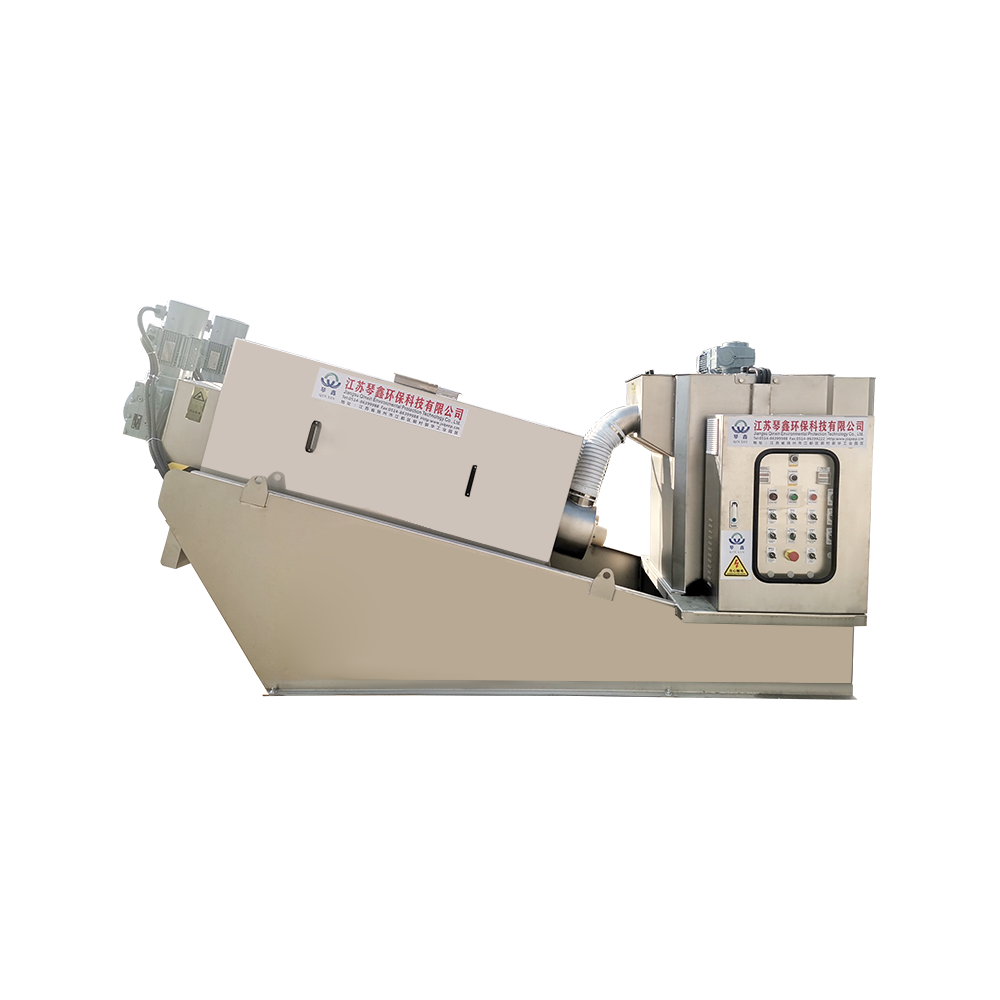
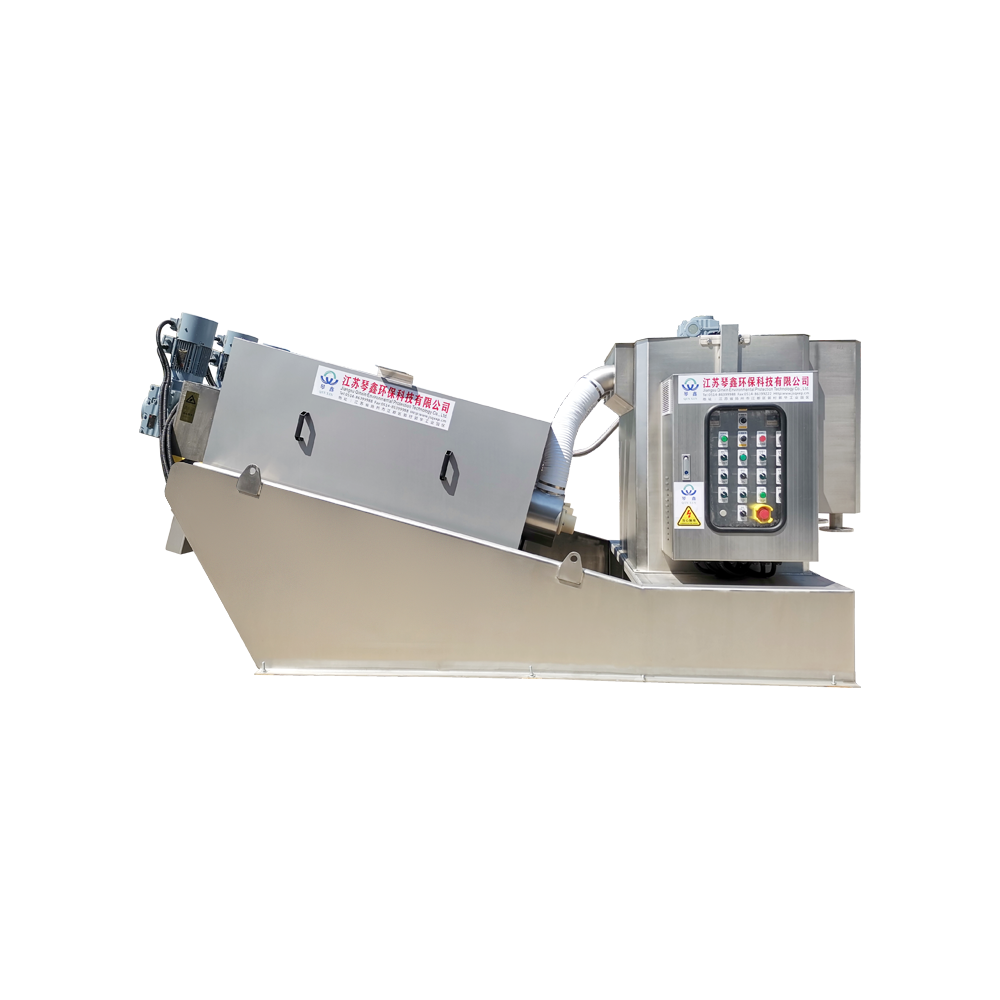
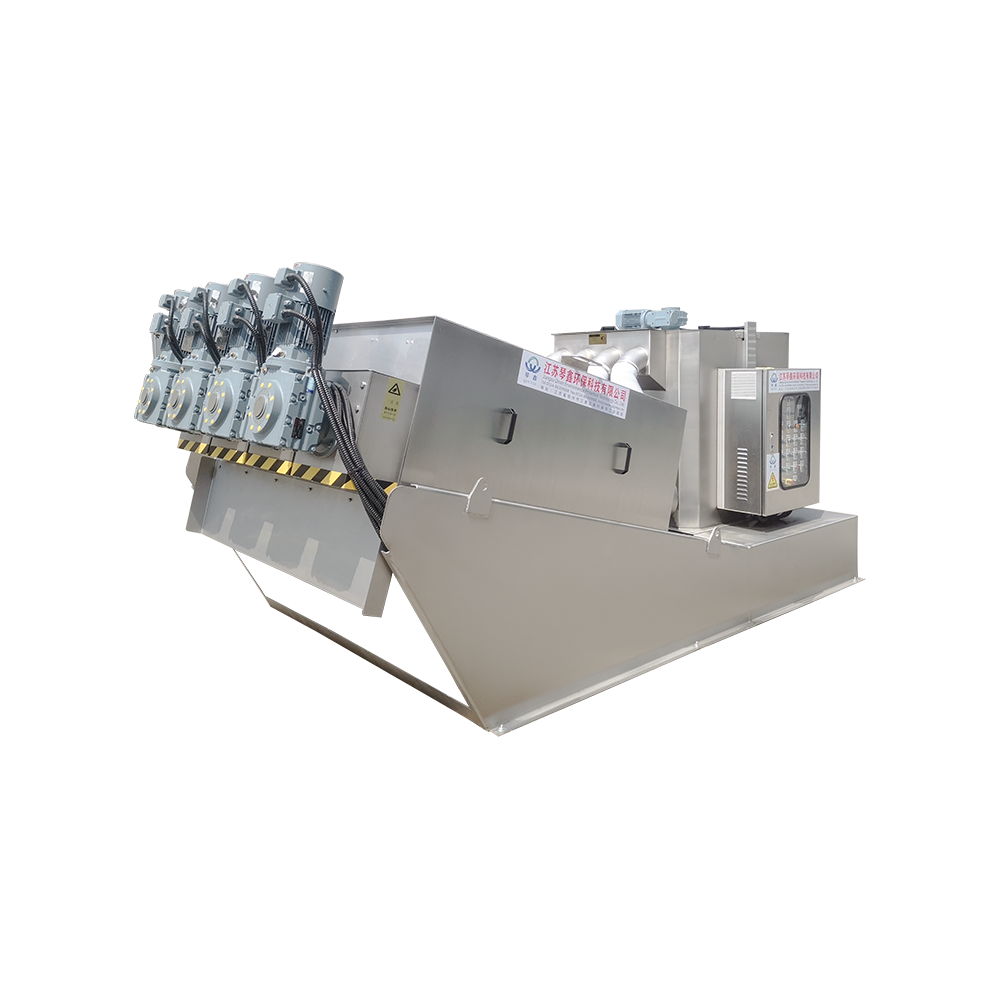

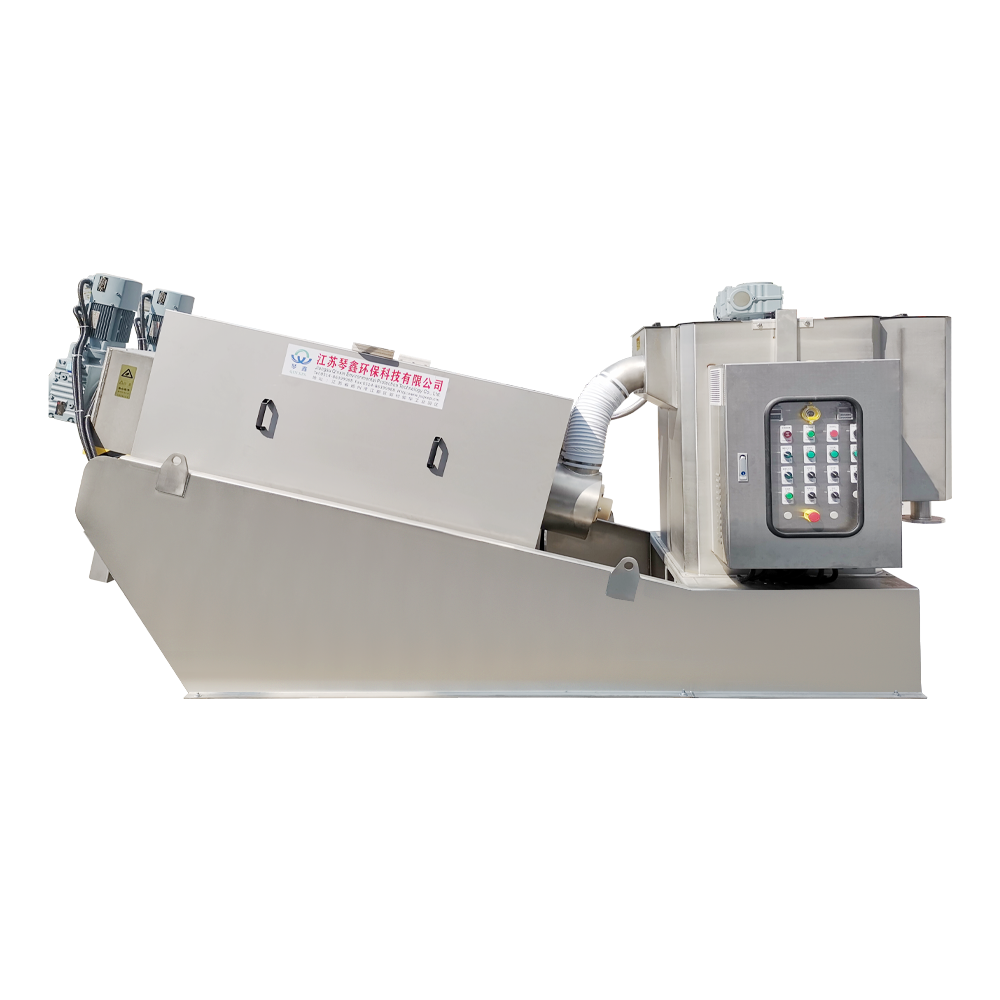
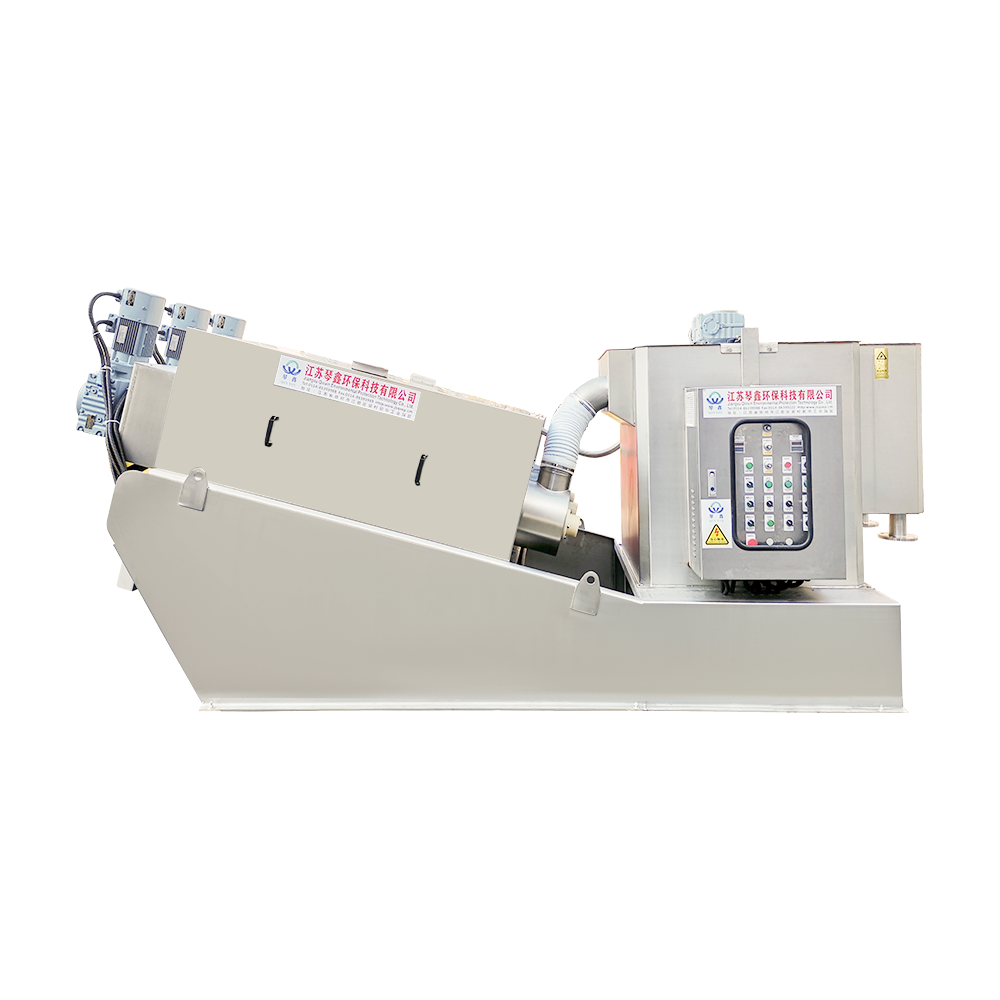
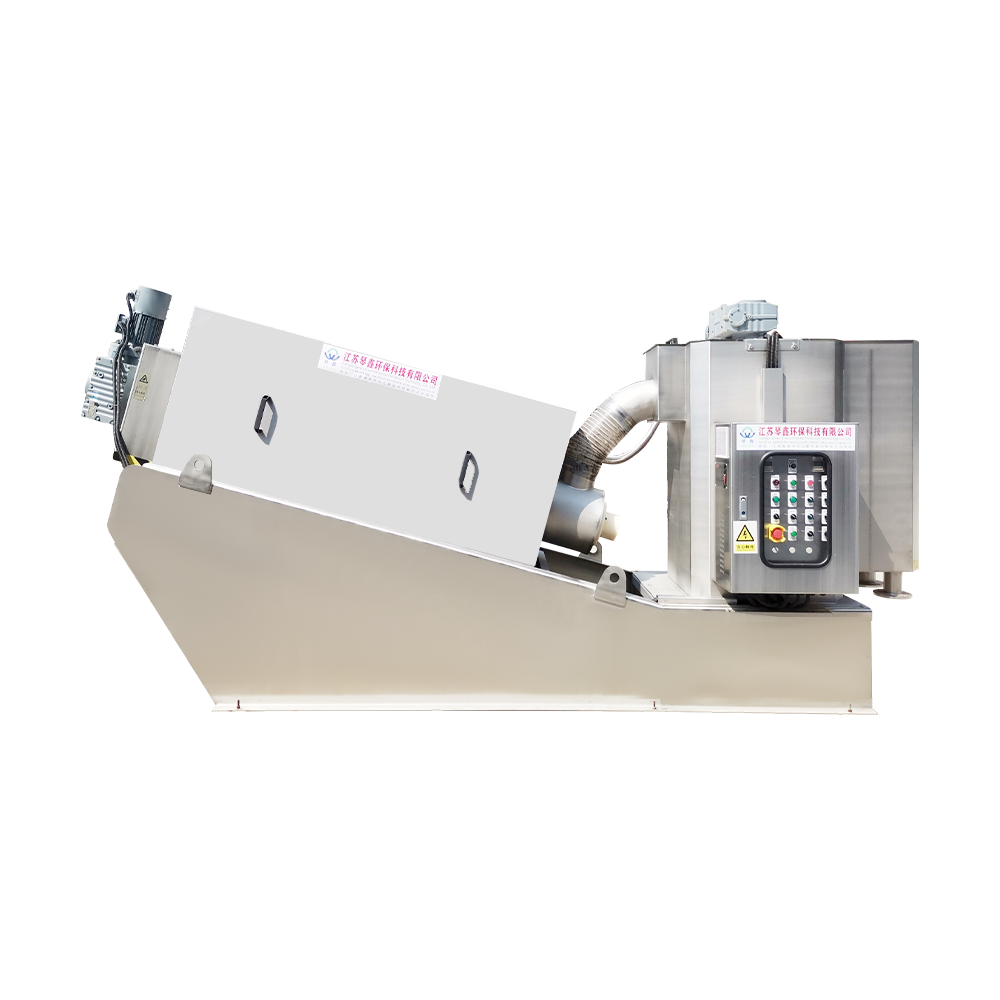
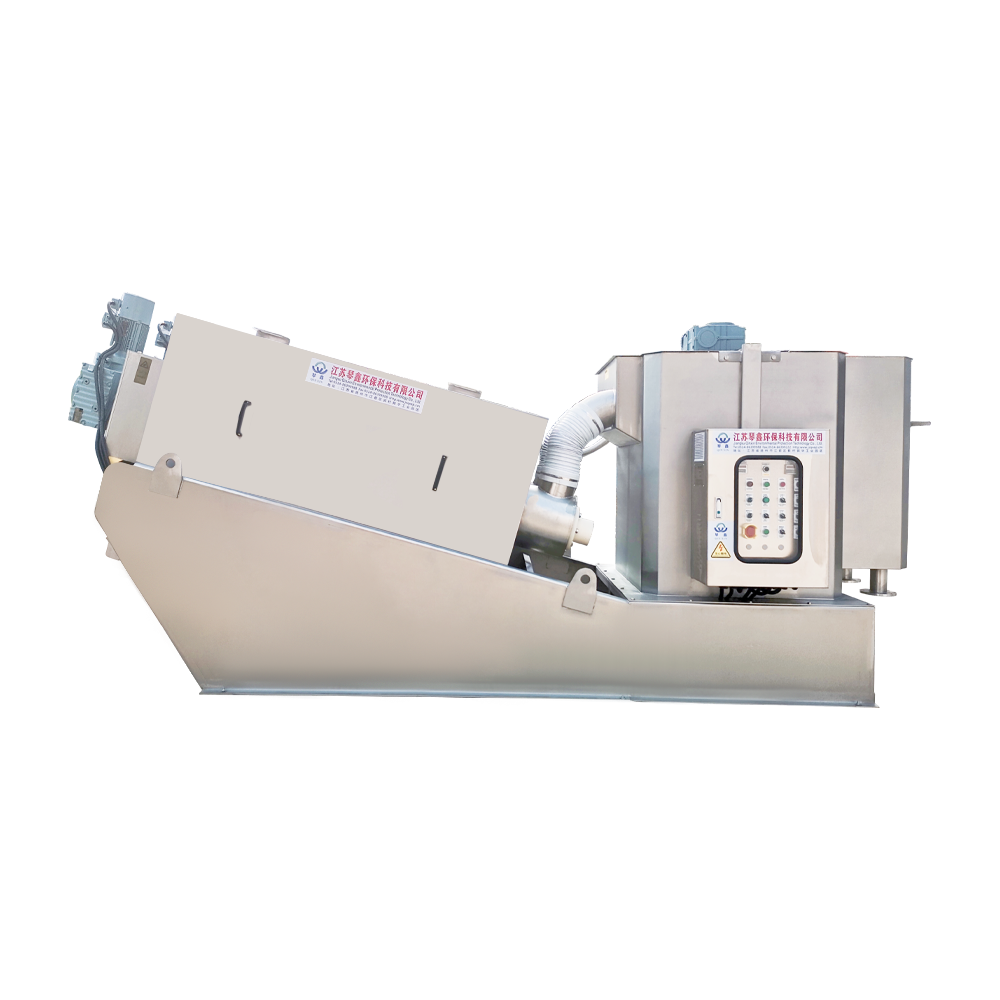
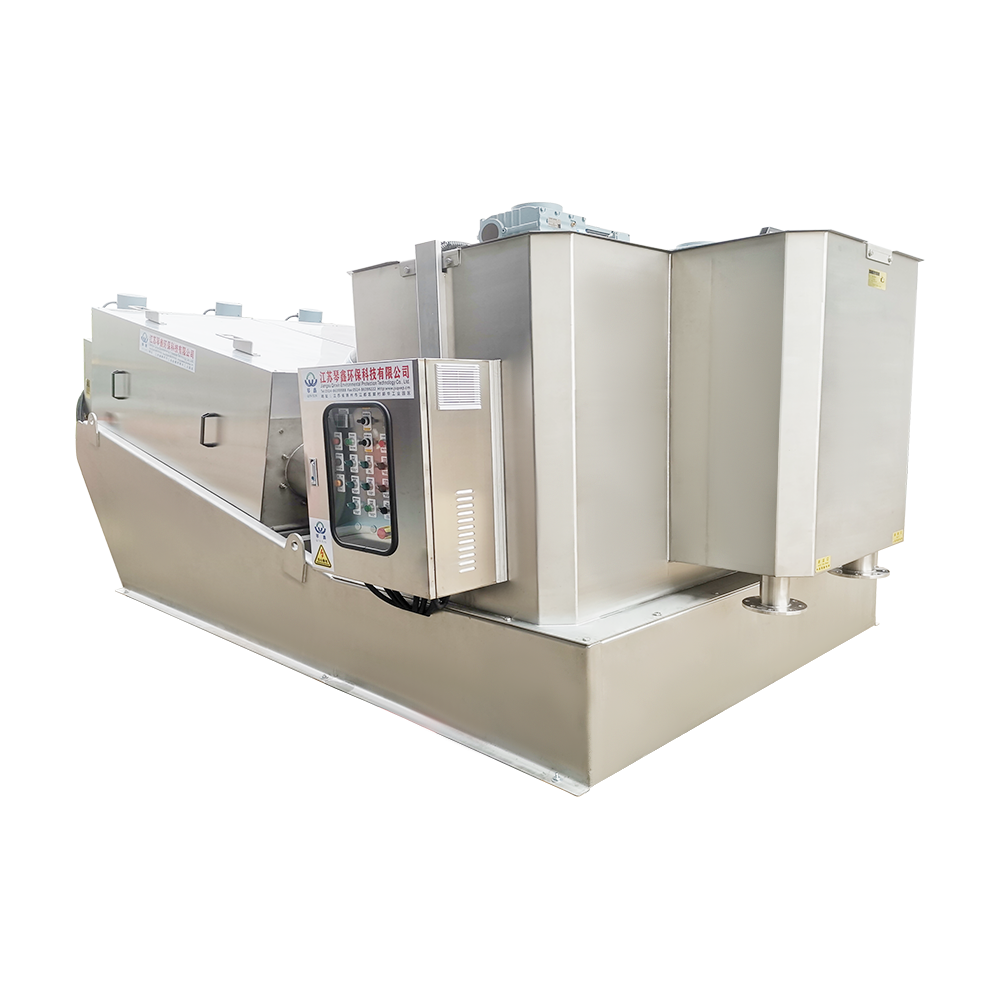
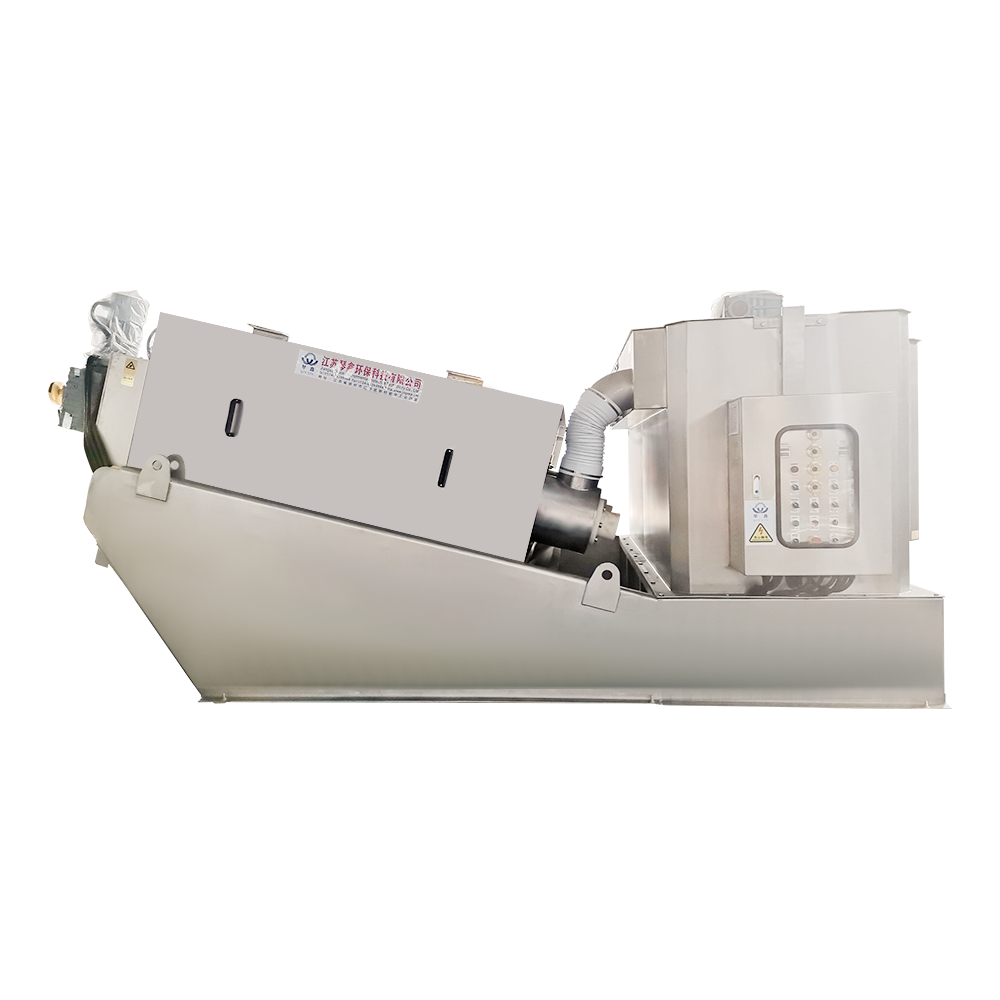
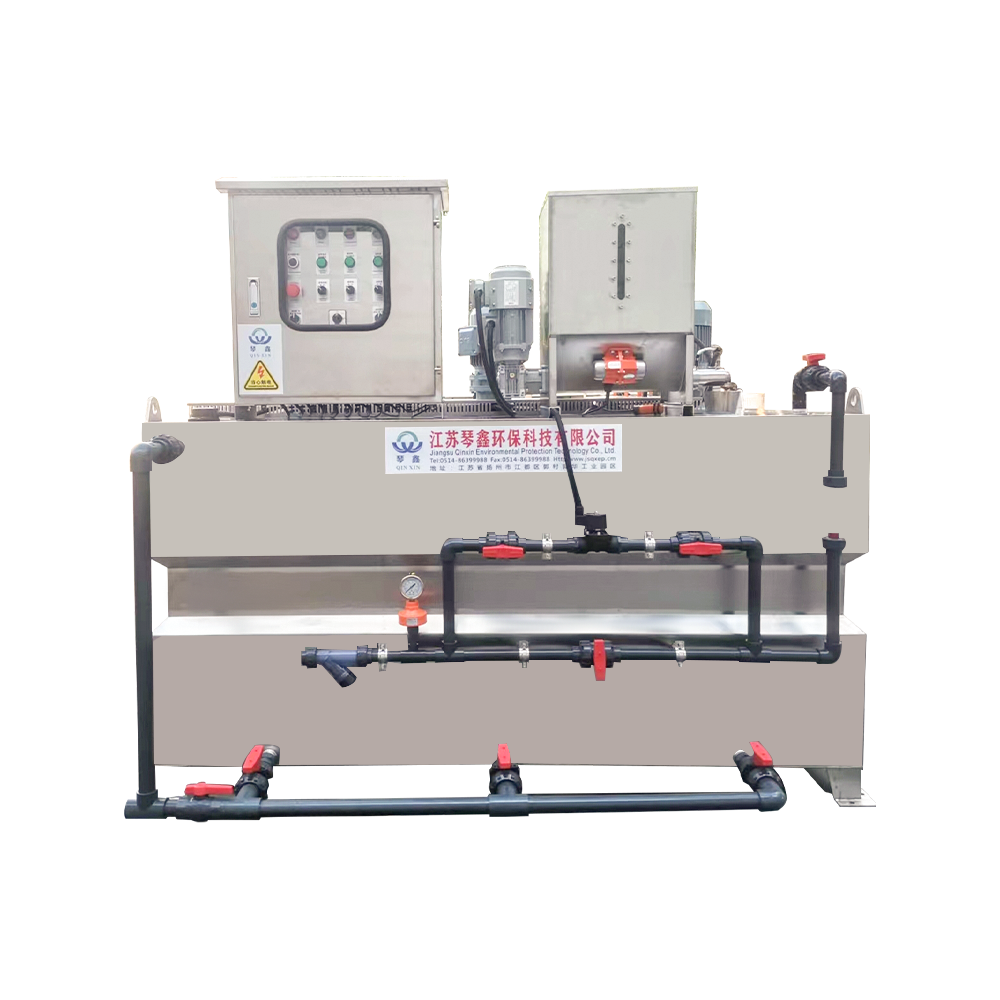

 TOP
TOP